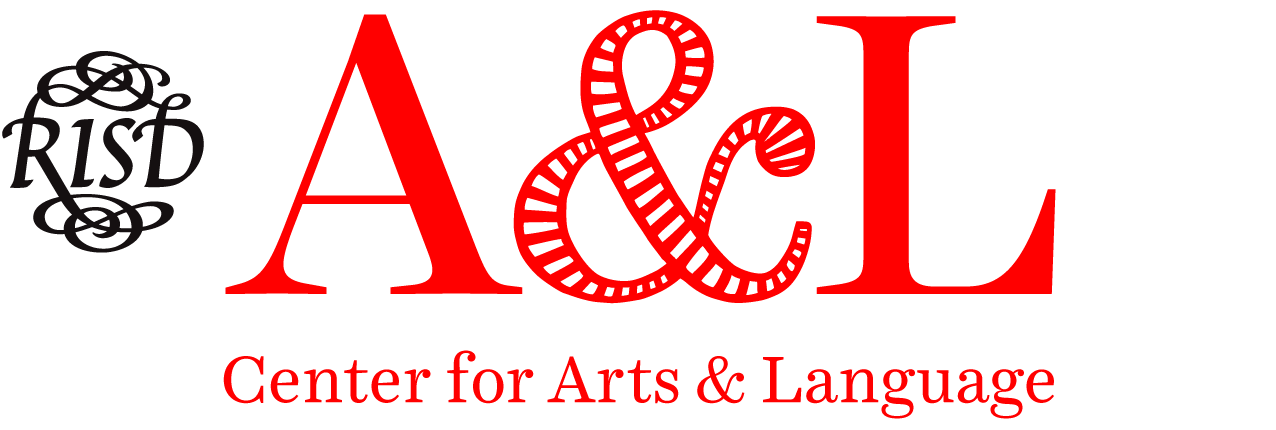Types of Résumés
There are a few different kinds of resumes, and each has a specific purpose. That purpose determines what goes into the resume and the format it takes.
Items with * are usually in list form, without descriptions; others depend on content and purpose.
-
This is an overview of you as an applicant. Always include:
Header (name, contact info, website) *
Education history, post-secondary *
Work history/experience
Honors and awards *
Sometimes, when relevant and spaceallows, you’ll include:
Personal statement or objective
Skills
Relevant courses
Leadership and/or service experience
Languages you speak
Travel experience
The standard résumés is specially tailored to the job/opportunity and company/firm.Limit to 1 page.
-
This document is particularly crafted for grants, museums, residencies, etc. List your prior:
Exhibitions (solo, group, could be “selected” or “recent”) *
Lectures/teaching you’ve done *
Residencies
Performances
Your publications
Interviews (of you)
Publicity
Limit to 1 page.
-
For most of the US and Canada, this term is used for resumes specific to the education field (some other places use “CV” interchangeably with “résumé”). It acts as an archive, containing:
Education history
Work history
Your publications
Courses you’ve taught
Courses you’ve taken
Conferences you’ve attended
Your conference presentations
Your certifications
Workshops you’ve run
Awards and honors
More categories are welcome, as long as they are intentional.
No page limit (usually at least a few pages, and could be quite long).
Designing Your Résumé
Use one typeface or type family
Simplify your design, consider blank space
Match across application documents (resume, letter, portfolio, etc.)
Use personal branding with caution (Do you need to demonstrate branding as a skill? Will your brand compete with that of the firm/company you’re applying to?)
Limit paragraph length
Use columns for space, hierarchy, and readability (except CVs, generally 1 column)
